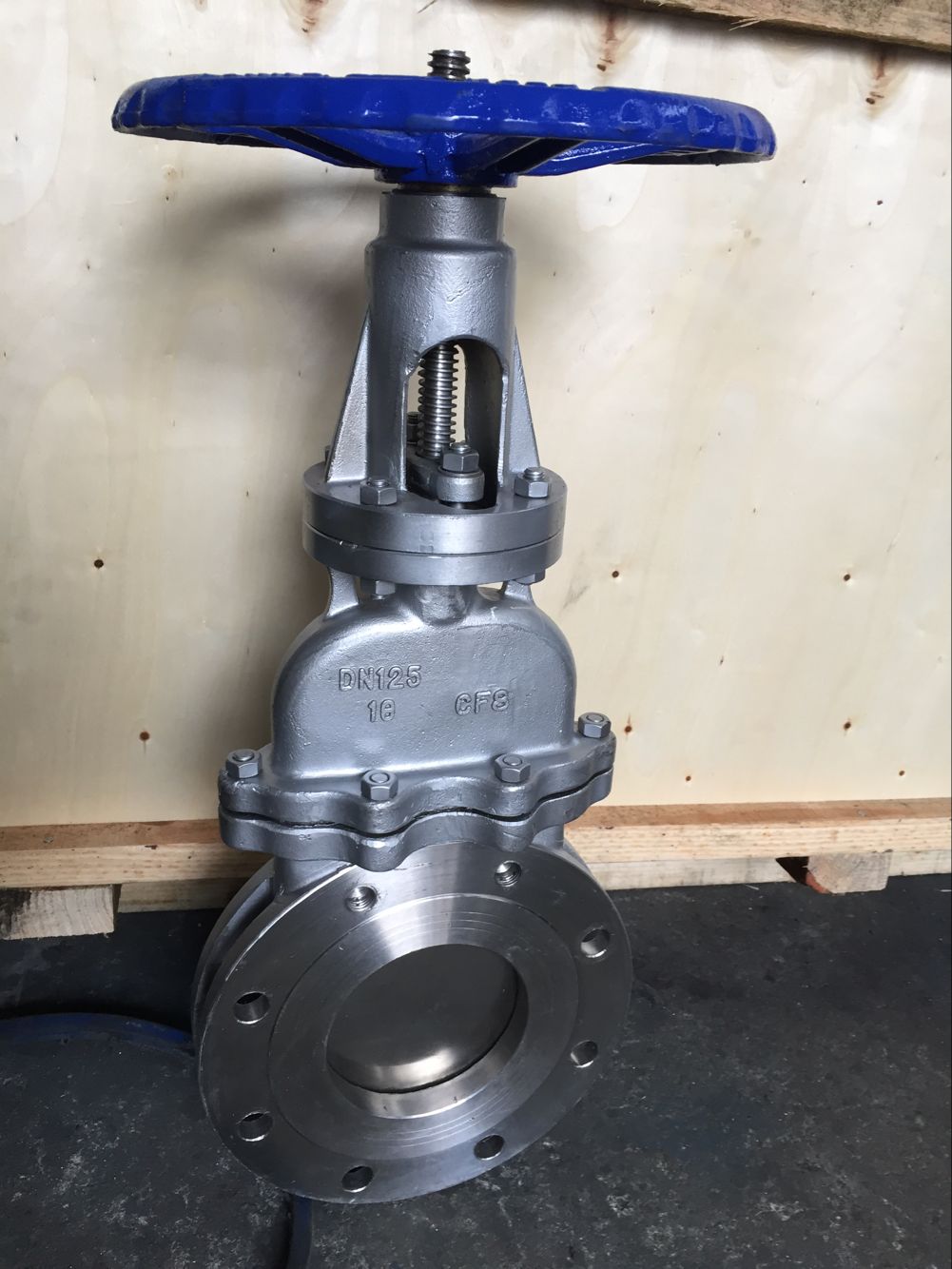Innovative Design of Pressure Independent Balancing Control Valve for Enhanced System Efficiency and Performance
Understanding Pressure Independent Balancing Control Valves
In modern HVAC (Heating, Ventilation, and Air Conditioning) systems, maintaining optimal flow and pressure conditions is essential for energy efficiency and comfort. One critical component in achieving this is the pressure independent balancing control valve (PIBCV). This innovative device is designed to regulate the flow of water throughout a system while maintaining a constant pressure drop, ensuring a balanced distribution of heating or cooling across various zones.
What is a Pressure Independent Balancing Control Valve?
A pressure independent balancing control valve is a sophisticated valve that automatically adjusts to changes in system pressure. Unlike traditional balancing valves, which require manual adjustments based on pressure readings that can fluctuate due to varying flow conditions, PIBCVs can self-regulate. They integrate flow control and balancing functions in one unit, making them highly efficient for modern HVAC applications.
How Does It Work?
The operation of a PIBCV revolves around a flow control element and a differential pressure management system. When installed in a hydraulic network, the valve continuously monitors the pressure drop across it. If the pressure conditions change—due to variations in pump speed, number of active terminal units, or system temperature—the PIBCV dynamically adjusts its opening to maintain the desired flow rate.
By maintaining a constant flow regardless of pressure fluctuations, PIBCVs ensure that all areas of the building receive the correct amount of heating or cooling. This contributes to improved energy efficiency, as the overall demand on the system is optimized. Moreover, these valves tend to reduce the need for balancing adjustments post-installation, allowing for easier commissioning and maintenance.
Benefits of Using PIBCVs
pressure independent balancing control valve

1. Energy Efficiency By maintaining optimal flow conditions and reducing unnecessary energy consumption, PIBCVs contribute significantly to the overall efficiency of HVAC systems. This efficiency not only leads to lower energy bills but also supports sustainability goals through reduced carbon emissions.
2. Comfort Control Consistent temperature and airflow across different areas of a building enhance occupant comfort. PIBCVs help achieve this by ensuring that each zone receives the correct amount of conditioned air, directly influencing the quality of the indoor environment.
3. Reduced Maintenance With their automatic balancing capabilities, PIBCVs minimize the need for ongoing adjustments. This not only saves time and labor costs but also leads to longer system life by reducing wear and tear on components.
4. Installation Versatility PIBCVs can be used in a variety of applications, from single-zone systems to complex multi-zone networks. Their ability to operate efficiently across a range of conditions makes them a preferred choice for engineers and designers.
5. Enhanced Control Many modern PIBCVs come equipped with digital interfaces and smart technology, allowing for integration with building management systems. This provides advanced monitoring and control options, enhancing overall system performance.
Conclusion
Pressure independent balancing control valves represent a significant advancement in HVAC technology, simplifying the management of flow rates and enhancing overall system efficiency. By automatically adjusting to pressure changes, these valves ensure balanced heating and cooling throughout buildings, contributing to improved comfort, energy savings, and reduced maintenance efforts. As the demand for energy-efficient solutions continues to grow, PIBCVs will undoubtedly play a vital role in the future of sustainable and effective HVAC system design.
-
3-types-of-check-valves-maintenance-tipsNewsAug.23,2025
-
ball-valves-types-with-trunnion-mounted-designNewsAug.23,2025
-
butterfly-valve-company-production-capabilitiesNewsAug.23,2025
-
fisher-globe-valve-technical-specificationsNewsAug.23,2025
-
types-of-gaskets-for-flanges-selection-guideNewsAug.23,2025
-
wedge-gate-valve-suppliers-quality-standardsNewsAug.23,2025
-
Breakthrough in Domestic Low Temperature Valve Technology in ChinaNewsAug.18,2025




